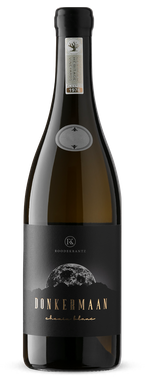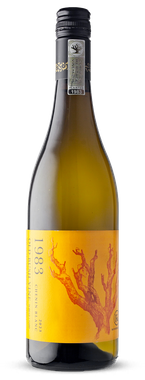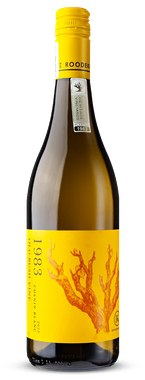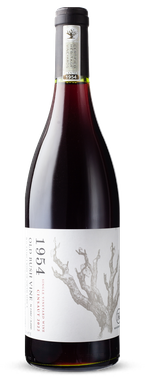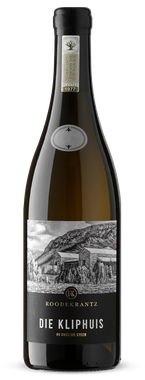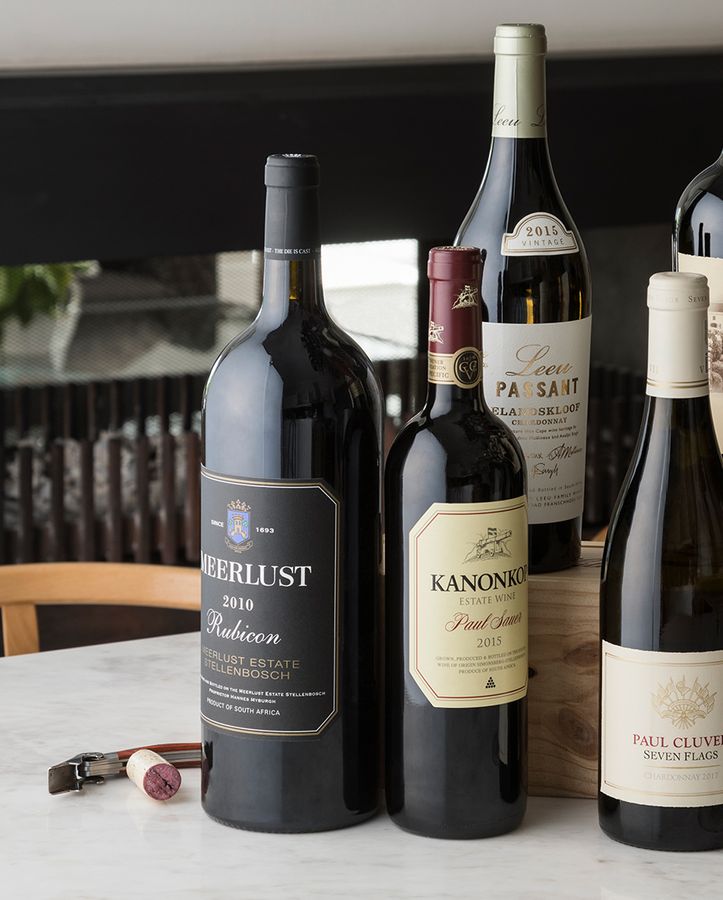Accountants are unsentimental. It’s part of their job. When it comes to a balance sheet, no extra weight is given towards the love of a thing. Old vines, on the other hand, are sentimental by nature. With decreased yields and (usually) increased farming costs, this is a small batch wine game with little hope of scale. Old vines are, in a nutshell, an accountant’s nightmare. And yet, they are pieces of history. They were planted by someone’s grandfather, the site of a now wine farmer’s first toddling steps; a witness not only to a family’s, but also to a country’s, history. Father and son, Marius Snr and Jnr Burger, are two accountants turned winemakers. Embracing the sleuth-like nature of their professional past, they scour the Cape in search of old vineyards, often nondescript looking bush vines in need of rehabilitation that nonetheless make outstanding wines.
But how do they recognise this hidden potential? Well, like all good men of finance, they turn to the numbers. Not those on an income statement, but related to the pH and acidity of a juice analysis. No matter how neglected a vineyard might seem, if its quality can be proven on paper, it’s one for Roodekrantz. It takes about three to five years to get to know a vineyard, in which time Marius Snr and Jnr, along with cellarmaster Danie Morkel, coax history into the present.
Tasting these wines on the back of a bakkie parked in the middle of a 1968 Swartland Chenin vineyard — one that the safari shirt clad and barefoot farmer confided he’d have pulled out long ago were it not for the Burgers — there’s a low hum of place that thrums through the wines. An elegance belies their depth and complexity. These are wines with a sense of life. Despite producing six old vine Chenin Blancs, each of Roodekrantz’s wines have a distinct personality, enhanced by quiet, natural winemaking.
With a snap of green apple skins and fynbos, die Kliphuis is responsible for really putting Roodekrantz on the map, scoring 96 points in a Decanter blind tasting, which, as a then almost unknown producer, dumbfounded the judges. The 1983 is the everyman’s Chenin. Swapping in the 2022’s linear, racy acidity, the 2023 is rounded with gently aromatic pear. Sourced from the same vineyard, the Rhenosterbosrug, Marius Snr’s favourite wine, is for those looking for a more textured expression. Moving away from the bright acidity and zippy minerality of their Swartland Chenins, the 1974 from Paarl is all drippy sunshine and yellow fruit, while the Stellenbosch Donkermaan, their flagship, is pure ocean and oyster shell. When it comes to the Roodekrantz’s reds, the 1976 Pinotage is crunchy and Burgundian in style, able to convert even the staunchest of Pinotage sceptics, while the 1954 Cinsault has so much crisp structure, you wouldn’t be faulted in mistaking it for a Pinot Noir in a blind tasting. And if labels alone can sell a wine, Die Boskind, I’m sure, is guilty of many an impulse buy, though this sultry Bordeaux-style blend is sure to convince of a second purposeful purchase.
Wine is a transient art form — it’s appreciation only lasts for the duration of a bottle. Yet, when working with old vineyards, there’s a further element of impermanence at play. The sad truth is that for some old vineyards, no matter their historical significance, sentiment, or brand importance, the economic survival of farmers outweighs that of a vineyard. “Working with old vines is a privilege,” says Marius Jnr. “You have to be grateful for every year you get to make wine from them because you have no idea for how long the blessing will last.” This year alone, Roodekrantz have faced the loss of three of their vineyards: Donkermaan, the 1974 Chenin Blanc, and the 1976 Pinotage. With only one or two vintages left in barrel, I’d advise getting your hands on these before they, too, disappear.
Roodekrantz is a poem penned by two ex-accountants, a father and son who get wistful at the thought of red sunsets against a vine-dotted mountainscape, and who are unapologetically sentimental about old vines.
